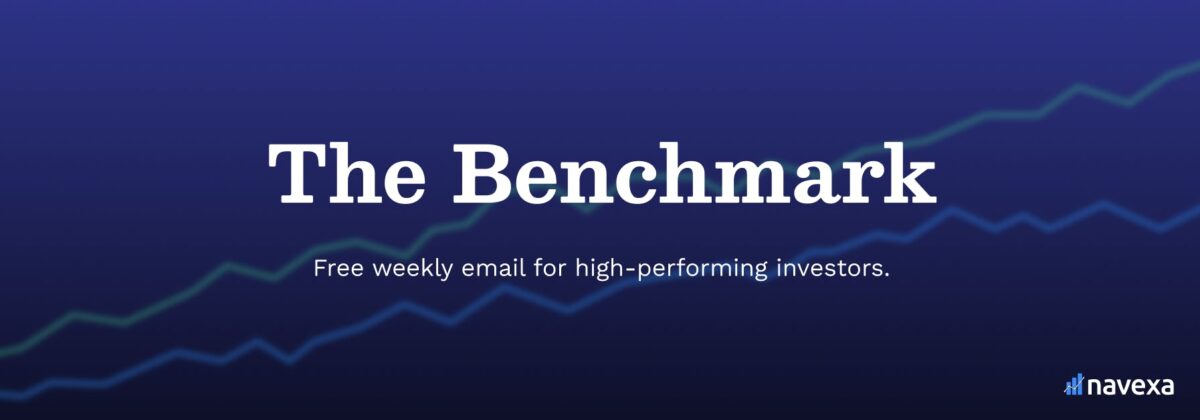October 28, 2024
Introducing the Einstein of economics
Dear Reader,
You’ve probably heard of John Maynard Keynes and Adam Smith, right?
Towering figures in economic theory.
But how about Ludwig von Mises?
I didn’t hear the name until I went to work for an independent financial research firm renowned for publishing work well outside the investing mainstream.
This overlooked Austrian economist might just be the most important thinker you’ve never heard in terms of understanding capitalist society.
Given that we believe that investing in knowledge is one of the most intelligent things you can do as an investor, I think it’s time I introduced you.
The free market radical
Ludwig von Mises
Ludwig von Mises was an economist, logician, sociologist and philosopher of economics.
Born in 1881 in what is now Ukraine, Mises was the last torchbearer of the original Austrian School of Economics. I’ll dig into the Austrian school in a future email.
Despite his brilliance, Mises spent much of his career as an outsider in academia, often without a paid university position.
He wrote and lectured on classical liberalism and the power of the consumer.
In other words, he was interested in free market economics and civil liberties. He advocated limited government, political and economic freedom, and freedom of speech, with a particular focus on individual autonomy.
He was not a fan of social policies, taxation and state involvement in the individual’s life.
He defended these views as illiberalism and authoritarianism rose in Europe during the 20th century.
While Keynesian economics — which included the idea that government spending could increase economic output — dominated the 20th century, Mises steadfastly defended free markets and criticized government intervention.
The Nazis burned down his library and forced him to flee to the United States in 1940.
Lemberg, Mises’ birthplace, in modern-day Ukraine
Mises made groundbreaking contributions to economic thought, including:
Calling out socialism: In 1920, Mises argued that socialist economies would inevitably fail due to the impossibility of economic calculation without a price system. This insight remains a cornerstone of free-market economics. He also believed a stock market was a guard against socialism.
Austrian business cycle theory: Mises proposed that business cycles are caused by the expansion of bank credit, leading to malinvestment and eventual recession. This theory offers an alternative explanation to Keynesian models.
Praxeology: Mises developed this approach to economics, based on the idea that economic laws can be derived from the self-evident axiom that humans act purposefully to achieve desired ends.
Capitalist society: Mises’ perspective
For Mises, capitalism wasn’t just an economic system — it was the only viable way to organize a complex society.
Here’s why:
The sovereign consumer: In a free market, consumers ultimately direct production through their buying decisions. This “democracy of the dollar” ensures resources are allocated efficiently to meet actual demand.
The entrepreneur as engine: Mises saw entrepreneurs as the driving force of progress. By taking risks and innovating, they constantly improve products and production methods.
The price signal: Prices in a free market convey crucial information about scarcity and demand, allowing for rational economic calculation. This is impossible in a centrally planned economy.
AI rendering of ‘capitalism’
The stock market: Capitalism’s unsung hero
While many people see the stock market as a casino for the wealthy, Mises viewed it as a vital institution in a capitalist society.
He argued that the stock market efficiently directs capital to its most productive uses, as investors seek the best returns.
By allowing ownership to be divided and traded, the stock market enables risk to be spread across many individuals.
Stock prices provide crucial information about the relative value and performance of companies, guiding further investment decisions.
In his own words:
‘There can be no genuine private ownership of capital without a stock market: there can be no true socialism if such a market is allowed to exist.’
What would Ludwig say about today’s situation?
If you hadn’t noticed, we’re living in an era in which the market practically hangs off government decision-making.
What central banks decide to do with interest rates has a massive impact on what investors decide to do with their money.
While we might feel this is normal, Mises warned against government manipulation of the money supply. He said that such meddling created boom-and-bust cycles.
With central banks around the world engaging in unprecedented monetary expansion, his theories are more relevant than ever.
As governments attempt to direct economic activity, Mises’ critique of central planning provides a powerful reminder of the importance of decentralized decision-making in markets.
Mises’ emphasized entrepreneurial innovation as a driver of progress — not central bank money printing.
Mises’ ideal investor avatar
Ludwig von Mises would have defined a good investor as someone who is:
- Wary of government intervention in the economy, which can distort prices and lead to malinvestment.
- Understands that stock prices reflect not just current conditions, but expectations about the future.
- Recognizes their role as a capital allocator in the broader economy.
- Appreciates the stock market as a crucial institution for economic freedom and prosperity.
All pretty sound, right? So…
Why does history overlook this man?
Mises’ relative anonymity in popular economics can be attributed to several factors:
His uncompromising stance against government intervention put him at odds with the prevailing Keynesian orthodoxy.
His works are often considered dense and challenging for the general reader.
He lacked the institutional backing that many of his contemporaries enjoyed.
Despite this, Mises’ ideas have had a profound influence on libertarian thought and continue to shape debates about economic freedom and the role of government in the economy.
In Mises’ view, every stock purchase is not just a bid for personal profit, but a vote cast in the economic democracy of the free market.
Quote of the Week
‘The stock market is the heart of the capitalist system. It is its most characteristic feature. It reflects all the economic conditions of the country and all the circumstances affecting it.’
— Ludwig von Mises
That’s it for The Benchmark this week.
Forward this to someone who’d enjoy it.
If one of our dear readers forwarded this to you, welcome.
Invest in knowledge,
Thom
Editor, The Benchmark
Unsubscribe · Preferences
All information contained in The Benchmark and on navexa.io is for education and informational purposes only. It is not intended as a substitute for professional financial or tax advice. The Benchmark and any contributors to The Benchmark are not financial professionals, and are not aware of your personal financial circumstances.




